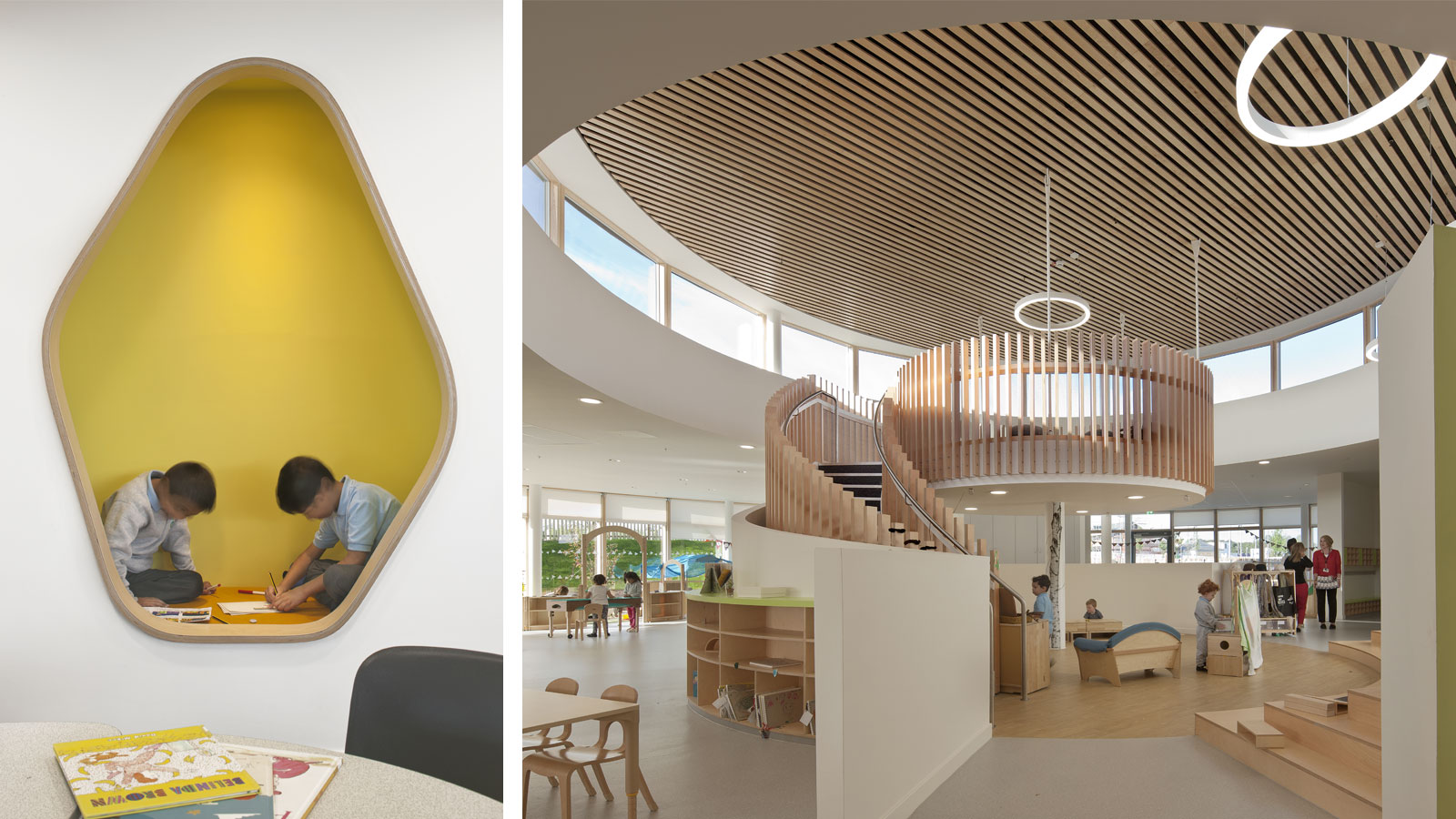#{Title}
#{Copy}
Ed is an architect associate and holds the position of sustainability champion within our Glasgow studio. Ed is passionate about sustainable design and keen to show that well designed buildings should not only create economic benefits and invigorate their settings, but should also bring delight to the lives of their users.

I believe we all have a moral obligation to leave this world in the best possible condition for future generations. As a parent of two daughters I started to fear that future generations will suffer due to the systemic failure of previous governments worldwide to think beyond the next election cycle. Ultimately, I’m just keen to help BDP’s clients deliver the most sustainable projects they can.
Whilst a technical approach to some aspects of sustainable design is essential I try to centre my approach to projects around one word – delight. If we can design spaces that delight then we create spaces and places that have identity; that people can be proud of and that they look after. Delight comes from the right relationships to the site, to daylight and the honest use of materials. Often the design decisions that make a building a great place to be, that give it delight, like inviting good levels of daylight and using materials such as timber, or long life aluminium, are the same decisions that create a sustainable design solution. In terms of priority though it is the early decisions that are the most critical; the location of the building on its site, its form factor, its orientation and the material of its structure. It is largely these decisions that define the sustainability of the project.
“But that is the way we have always done it” is the death knell to progress and innovation. If it was society’s previous approach to construction and creating communities that got us into this mess, then something has to change! That means thinking about everything afresh – our project processes, our assumptions about the right materials, our assumptions about what should drive the building aesthetic, and even the structure of a meeting agenda. The way we prioritise issues around low carbon, circular thinking and making sustainable communities, needs to inform everything we do. If it is an afterthought, or an add-on, the best opportunities will be missed.
The best tools depend on the scale of the project. The One Click LCA carbon assessment tool has proven useful to measure the benefits of retaining existing building structures, for the University of Strathclyde’s Learning and Teaching Project for example. Tools like the Scottish Government’s Place Standard tool are also great for communicating the multi-facetted approach needed to create a truly sustainable community. The most powerful tool on any project though is the energy model. It must be used iteratively to test multiple design options and sub-options to optimise the design.
The Glasgow studio has delivered some excellent schools in recent years. Maidenhill Primary School uses timber to create a warm and inviting interior. Similarly, Maidenhill Nursery uses a tree-like play structure as its centrepiece. Newmains Community Hub has just gone on site; it prioritises the connection between the classroom and nature by locating every classroom on the ground floor with doors to the outside.

Ten years ago I designed an office building, One Rutherglen Links, for Clyde Gateway in Glasgow’s East End. I collaborated very closely with the services consultant Atelier Ten, using the energy model as an iterative design tool to drive down the building’s predicted energy use. We assessed multiple façade options, proportions of windows, degrees of insulation, and services solutions until we felt we had reached an optimum. The final result was an 100% electric building with an EPC of 9kg/CO2/m2. An incredibly low result considering when the building was designed. We used a similar design approach for an unbuilt project on an adjoining plot and were very close to being carbon neutral. These projects show what can be achieved within normal costs (particularly with relatively simple building types) with a passionate and collaborative team.
I believe we all have a moral duty to live the most sustainable life we can. I realised recently that I haven’t taken a flight for personal travel for 20 years (although designing sustainable projects overseas, and visiting their sites, means that I have flown for business); I commute on electric trains and eat a largely vegetarian diet. I am a member of Surfer Against Sewage and regularly pick litter off my local beach.